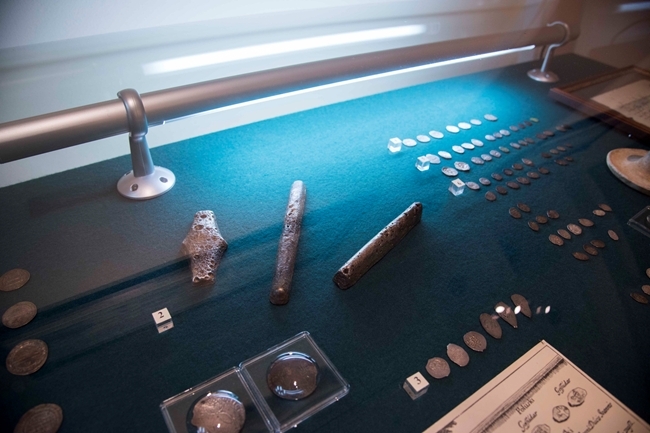Antique grivnas enter Bank of Russia Museum
The Bank of Russia Museum collection has expanded as three grivna coins enter its numismatic collection. The acquisitions include three grivnas of Novgorod, two grivnas of Kiev, one grivna of Volga and a pair of half-grivna coins from Novgorod and Lithuania. Experts note the great historical and scientific value of these unique additions.
The grivna was legal tender in the 11th-15th centuries. By the early 14th century, the Novgorod grivna, a long, thin three-edged ingot with ‘a hunchback’, came to be known as the ruble. It was a silver ingot with silver, lead and other impurities, weighing approximately 190 g.

The purchasing power of grivnas of different historical periods remains a subject of academic inquiry. By some accounts, in the 14th century half a grivna (50 kopeks) could be bequeathed, while war indemnity or tribute could amount to many thousands of rubles.

